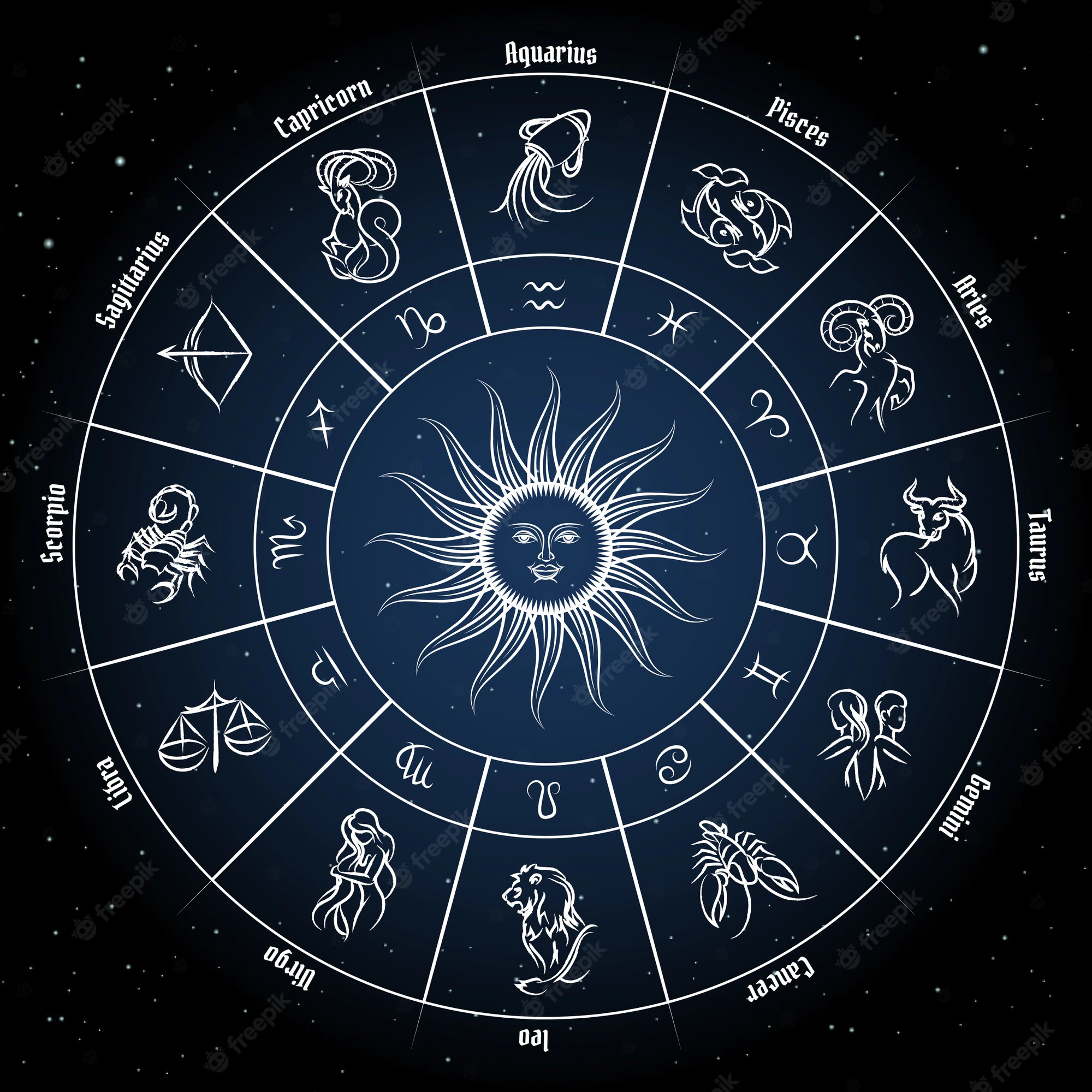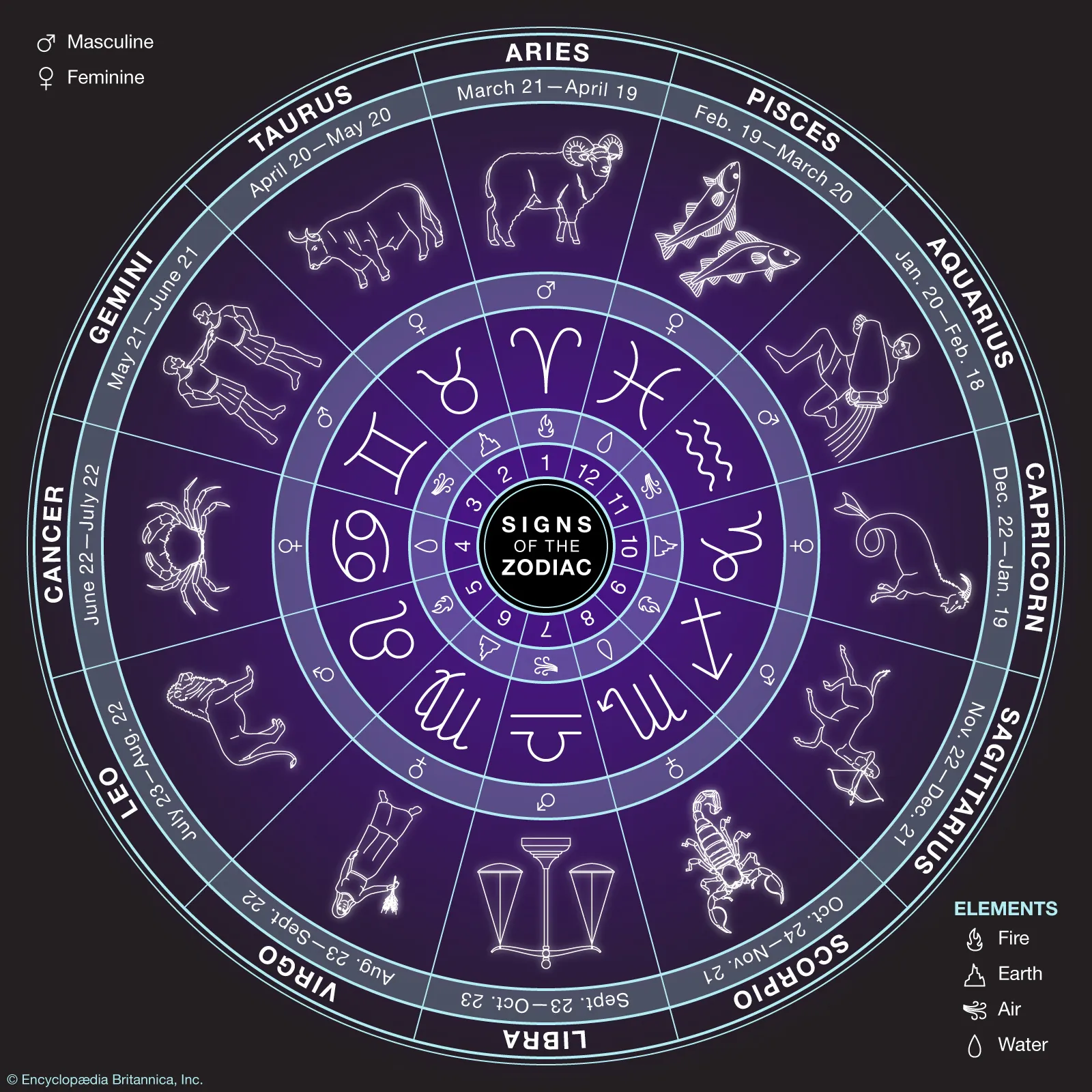On the keto/ketogenic diet, carbohydrates are (almost) completely removed from the table.
The keto diet is a popular (not really secret) tip for losing weight. So what exactly does the ketogenic diet look like? How is it different from low carb? And why is nobody suddenly eating carbs anymore? Short answer: Because research shows that a ketogenic diet, that is, avoiding almost all carbohydrates, is very helpful for weight loss.

What is the ketogenic diet?
The keto diet, also known as the no-carb diet, is ultimately a new version of a well-known (and proven) method: reducing carb intake and thus losing weight. After fats were long demonized, Robert Atkins revolutionized the world of weight loss seekers in the 1970s with the first low-carb diet. This was followed by LOGI, Dukan and now Keto.
The name “keto” derives from the principle that all these diets are ultimately about: the body is fed as few carbohydrates as possible to bring it into a state of ketosis, sometimes referred to as ketolysis. This means it gets its energy from fat, not carbohydrates as it would otherwise prefer. This happens when fat is converted into ketone bodies in the liver, which can then be used by the body to generate energy.
Want to lose a few pounds on the keto diet? So get started with our nutrition plan:
Is Keto the Same as Low-Carb?
Both yes and no; Carbs away, fats in – the keto principle is one of those low-carb diets, but it goes one step further. The low-carb diet allows you to eat 50 to 100 grams of carbohydrates per day, while the ketogenic diet only allows you to eat a maximum of 50 grams of carbohydrates per day. As a result, the body enters even faster (and more sustained) ketosis mode.
Since ketosis is not a natural state for the organism and the metabolism has to get used to it, there are several points to consider. Otherwise fat melting becomes a problem.
This is how your metabolism turns into ketosis
Your metabolism loves sugar. Normally, your body uses carbohydrates (i.e. sugar) for energy and stores it in the form of glycogen in the muscles and liver until used.
Excess glycogen that is not used (through too little exercise, too much sweets, etc.) is converted to fat to be stored elsewhere, such as your stomach or thighs, as storage space is limited. But if you don’t feed the body with no or very little carbohydrates, the stores are depleted and new energy is required. This is where the keto principle comes into play:
Your metabolism necessarily adapts to the changing situation and goes into what is known as ketosis: This means that it now takes its energy from fat cells by converting fat into ketone bodies in the liver and converts it into ketone bodies that the body then uses. can be used to generate energy. Excess body fat should be reduced while maintaining muscle mass. Studies show that this transition takes some time and is made easier with aerobic exercise.
Can side effects occur with a ketogenic diet?
The body must first adapt to these changes and the new “fat metabolism”. Because of this, symptoms often occur during the transition period, called the “low-carb flu” or “keto flu,” as one study called it. Because of this, a feeling of headache, fatigue and weakness is possible. How long the body will need to fully adjust to the new metabolic state depends on you, your age, and your general health. However, the symptoms usually disappear after a few days.
If you eat according to the principle of a no-carb diet, bad breath can also occur as a “side effect”. It is usually caused by ketone bodies being produced or excreted through the air and urine, and is the first sign that your body is “in ketosis.” Fortunately, bad breath is only a temporary side effect and goes away after a few weeks.
By the way: brush your teeth, eat greens rich in vitamin C (chew parsley, for example), drink a lot or take oil. Eating plenty of vegetables also prevents a possible lack of fiber, which can lead to digestive problems (such as constipation).

How Many Carbs Can I Eat on Keto?
The exact distribution of macronutrients depends not only on your weight, but also on your goal, activity and previous diet. Ideally, 65 to 70 percent fat from meat and oily fish, 20 to 30 percent protein from eggs and lean poultry, and 5 to 10 percent carbohydrate distribution is optimal.
The more body fat you have, the more energy you should get from your fat stores, not from food. For example, if you get 40 percent of your daily calories from fat, you’re more likely to maintain your weight at 80 percent while excess body fat is broken down first.
What else can I eat on the keto diet?
All beginnings are difficult – including the introduction to the ketogenic diet. But you shouldn’t, and you won’t, starve on the keto diet, I promise! Studies show that diets high in fat fill you up faster and longer. If you eat only low carbs, in other words, you eat fewer carbs, but you don’t get as much healthy fat as in the keto diet. Protein-rich foods are also real fillers and are very popular with keto supporters. Here we have compiled a list of what you can and cannot eat:
1. Fatty foods
Fat plays a huge role in the ketogenic diet and should make up 70 percent of your daily diet. But oil is not just oil. Both polyunsaturated and monounsaturated and saturated fatty acids are allowed. Therefore, while all fatty acids can be used for ketogenesis, their availability depends on their chain length. Medium-chain fatty acids, also called medium-chain triglycerides (MCTs for short), are true keto-boosters. You can use them directly through the liver.
Other good sources of fat are fish (tuna, salmon, anchovies, sea bream, trout), vegetable oils (olive oil, rapeseed oil, linseed oil, coconut oil, butter, avocado oil, MCT oil, cream, lard), lots of nut. sausages such as cheese and bacon.
The only type of fat you should stay away from is industrially hydrogenated oils, that is, all the so-called trans fats. But you don’t have to worry as they are often found in fried foods or ready meals. French fries, frozen pizza and chips are already taboo.
2. High protein foods
Some high-fat foods that should be on the ketogenic menu every day are also good sources of protein, so Meat (beef, chicken, game, sausage, ham, ground beef), eggs and of course the types of fish mentioned above.
3. Fruits and vegetables
Of course, you shouldn’t skimp on vegetables and fruits—even on a keto diet. For this reason, many types of vegetables and fruits contain plenty of starch (polysaccharide) or fructose. Here we explain why fructose is no healthier than regular sugar. Potatoes and potato products, legumes (such as chickpeas, soybeans, lentils, etc.) and many types of fruit are also prohibited.
When it comes to fruit, you should limit yourself to avocados, papayas, and all kinds of berries that contain small amounts of fructose. Zucchini, carrots and sweet potatoes should only be on the menu as an exception, as they contain more carbohydrates than other vegetables. When it comes to vegetables, focus on salads, leafy greens, and spinach. Cabbage such as broccoli, cauliflower, cabbage and kohlrabi are also allowed.
4. Nuts and seeds
First, nuts and seeds like peanuts, macadamia nuts, hazelnuts, chia seeds, flaxseeds, and pumpkin seeds are keto compliant. But be careful: Nuts provide a lot of fat and protein, but also some carbs, so you should always pay attention to portion size. Walnuts, cashews, as well as pistachios and peanuts provide a lot of carbohydrates and should only be eaten in moderation. Dried fruit is taboo.
5. Cereals and sweeteners
Almond or coconut flour can be used instead of wheat flour. In addition, flours with a lot of carbohydrates, including whole grains, are taboo. Just like couscous, bulgur, corn, pasta, cereal, oatmeal, rice.
6. Drinks
Good drinks are water and non-dairy tea and coffee (cream is allowed). Coffee is a popular part of the keto diet. Just brew a large cup of fresh coffee and pour it into the blender. Then add 1 to 2 tablespoons of butter and 1 to 2 tablespoons of pure MCT oil and mix. You can drink it every day so it triggers ketosis! Energy drinks, alcoholic beverages, fruit or vegetable juices, and soft drinks are not keto-friendly.
You can also find delicious flavors on our other pages for delicious recipes.
You can reach us from the following pages:
[wp-rss-aggregator template=”Default”]










